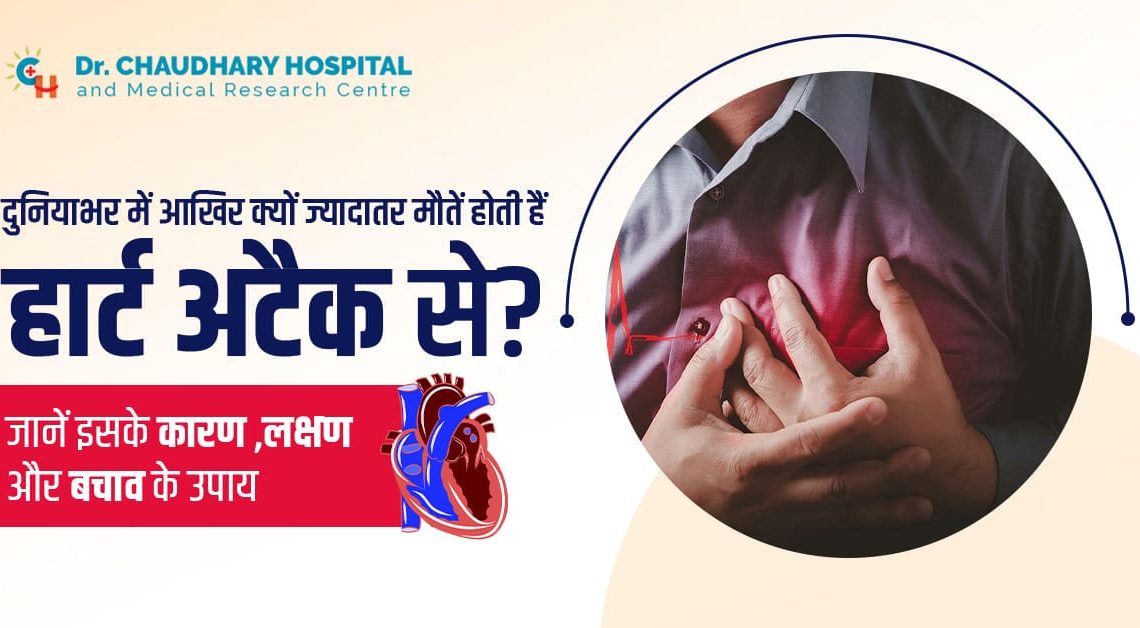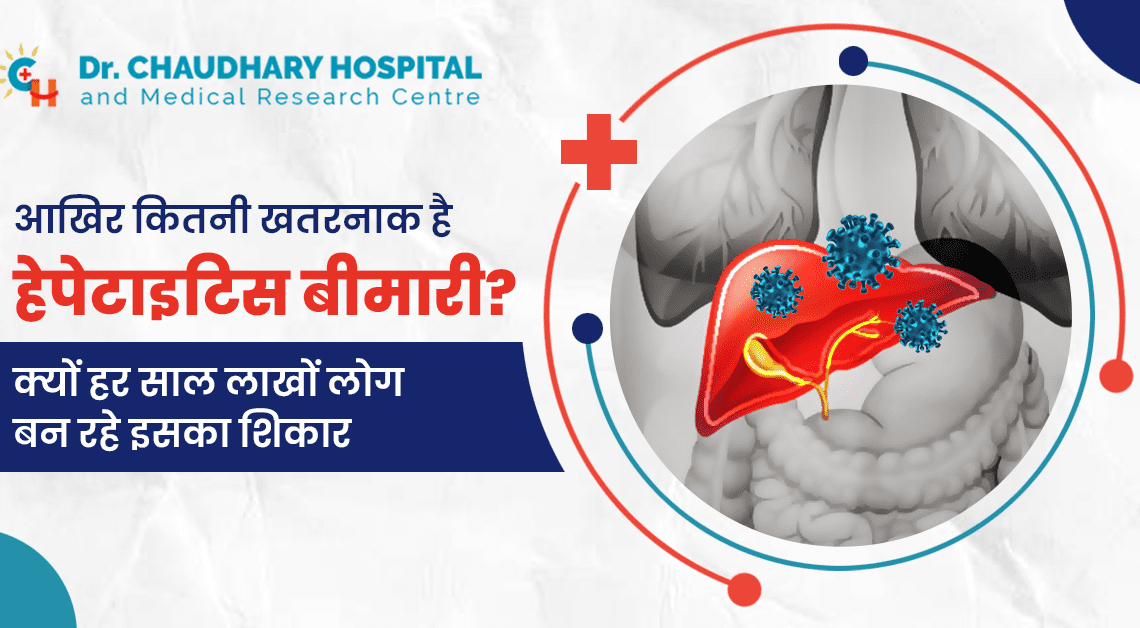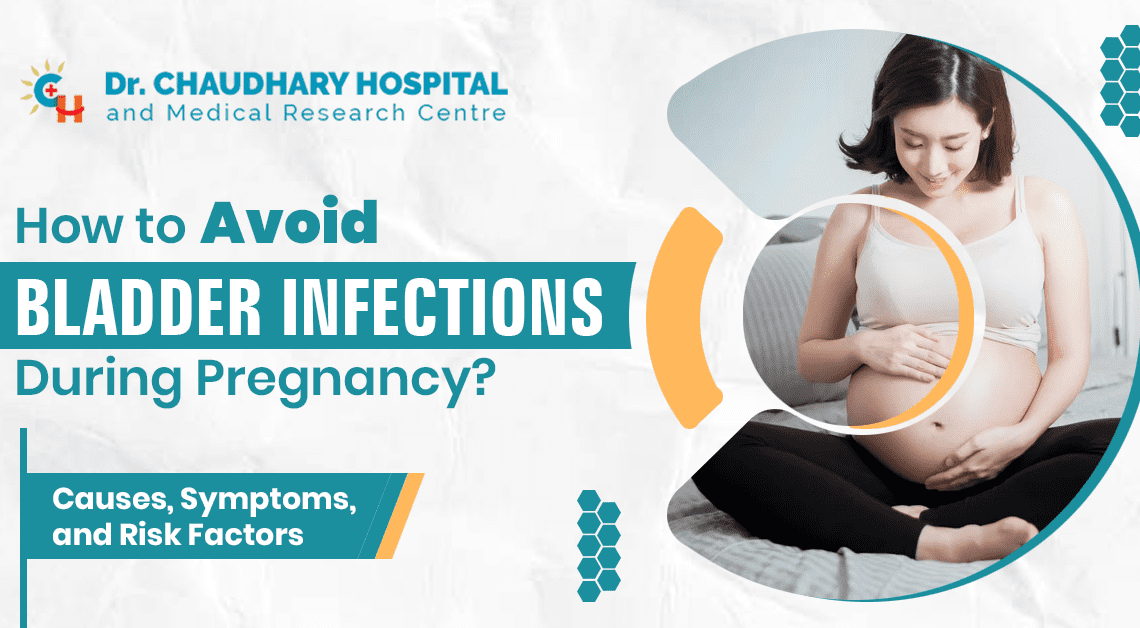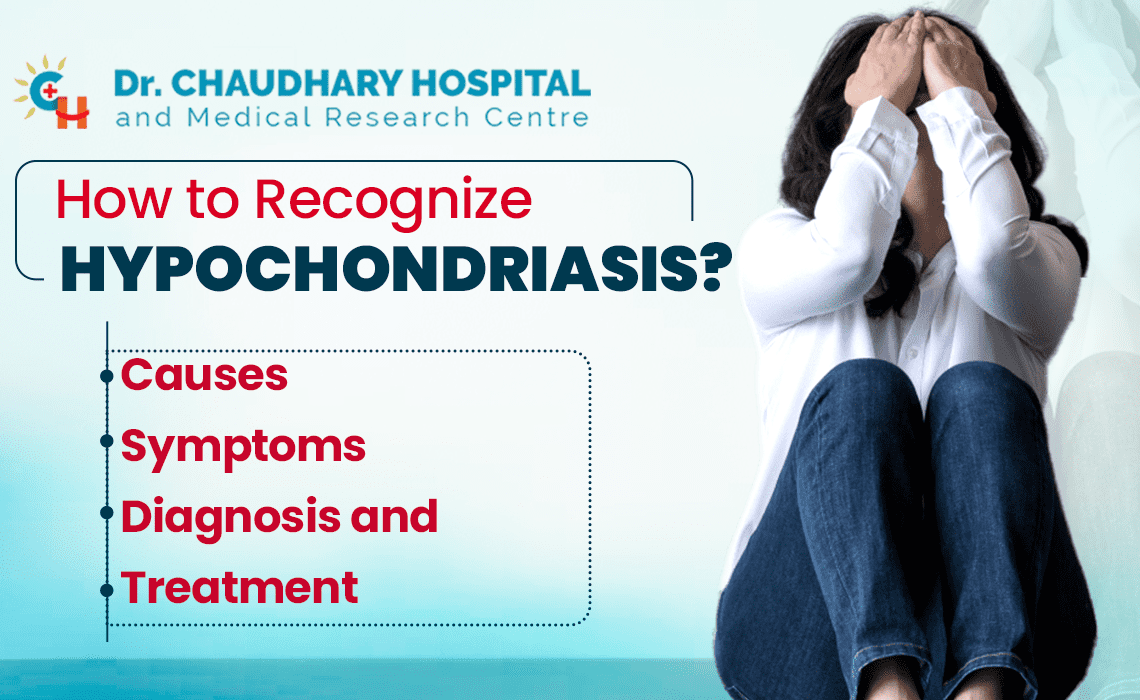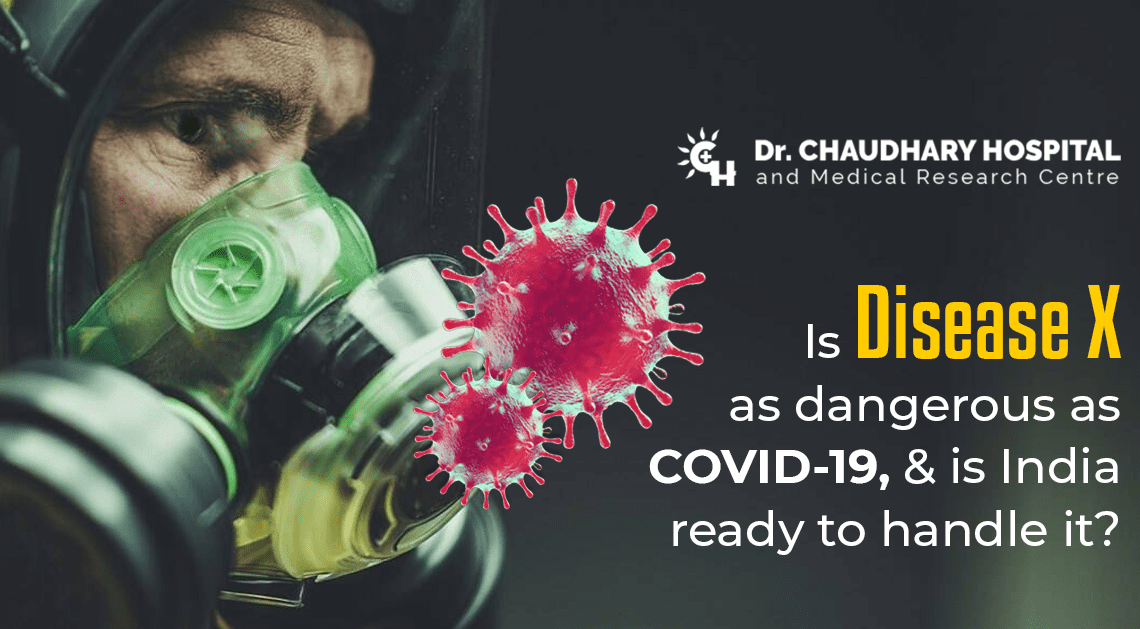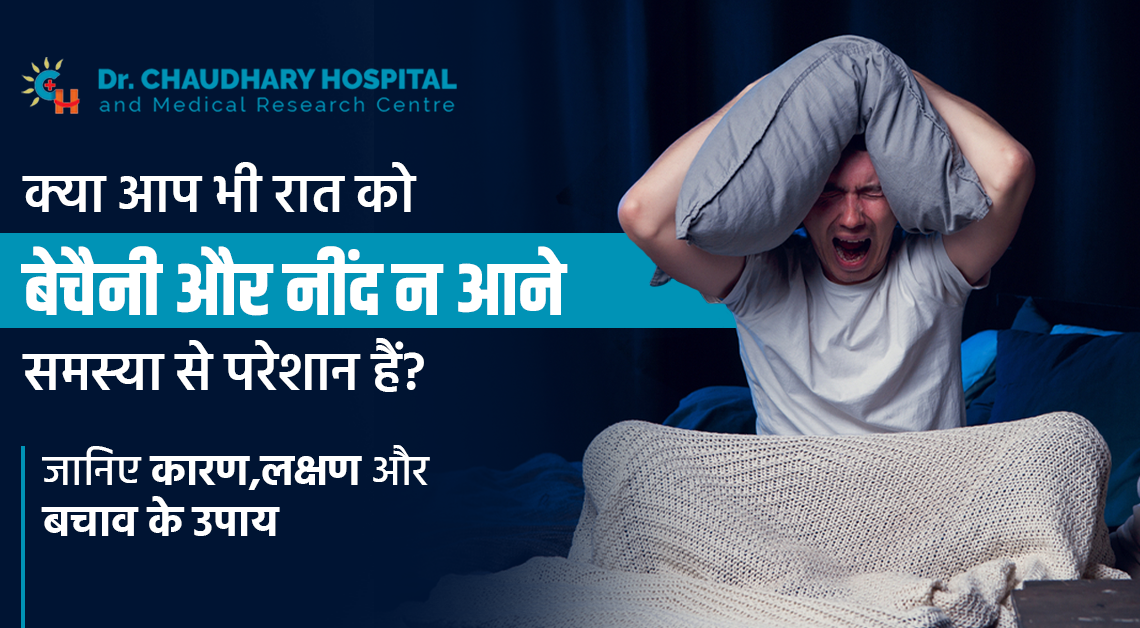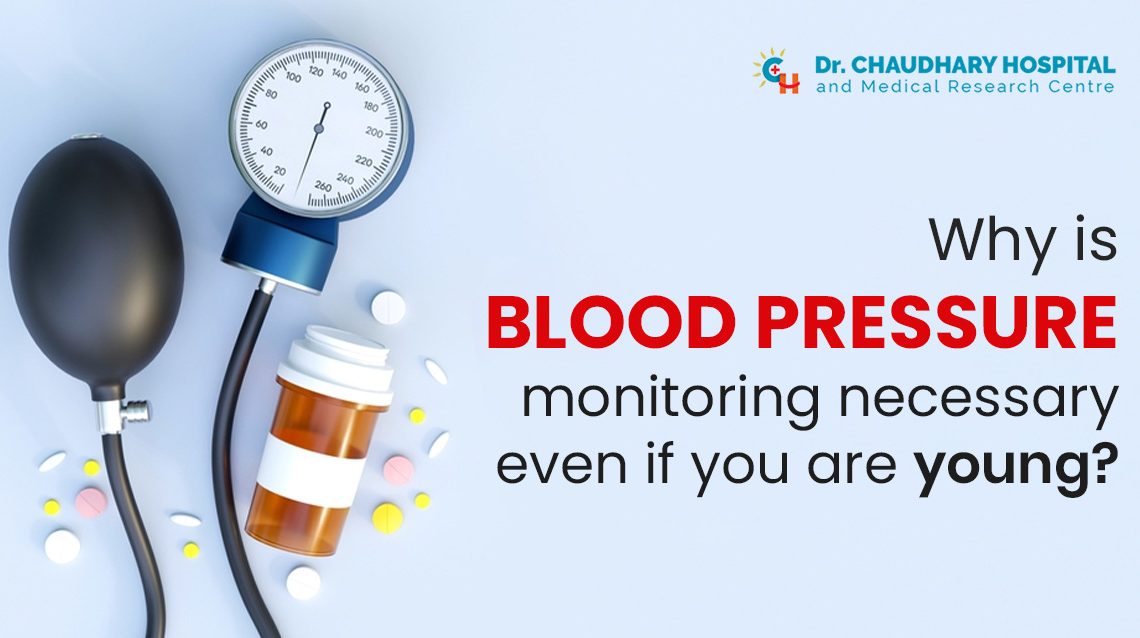Bone spurs, medically known as osteophytes, might sound worrying, but they are more common than you think. These pointed projections formed along the edges of bones, often occur in joints where two bones meet. The name sounds like a worrisome medical condition, but they can even be asymptomatic for many people. While for the others, they can also be uncomfortable, painful, and limit mobility, especially as they grow and start affecting surrounding tissues.
Wondering whether you could be at risk for bone spurs? Let’s understand their symptoms, causes, and what you can do to manage or treat them effectively.
Symptoms of Bone Spurs
While many bone spurs do not show any symptoms, when they do, they can lead to extreme discomfort. Here’s what to watch out for:
- Pain and Stiffness: The most common symptom is pain, especially when the bone spur presses on surrounding nerves or other soft tissues. This can occur in the spine, shoulders, hips, knees, and fingers.
- Swelling and Inflammation: Swelling and inflammation can develop when bone spurs irritate surrounding tissues, leading to further discomfort.
- Numbness or Tingling: When a bone spur compresses a nerve, it causes numbness, tingling, or weakness in the affected area.
- Limited Ability to Move: Bone spurs can limit your ability to move a joint fully, making everyday activities more challenging.
- Visible Lumps: In some cases, bone spurs may create a visible or palpable lump beneath the skin, particularly in the finger joints.
Causes of Bone Spurs
Understanding what leads to the formation of bone spurs can help you manage your risk. The primary causes include:
- Osteoarthritis: The most common cause, osteoarthritis, is a degenerative joint disease where cartilage breaks down over time, prompting the body to try to repair the damage by forming new bone.
- Aging: As you age, the wear and tear of your joints increase, making the development of bone spurs more likely. Most people over the age of 60 have some degree of osteophyte.
- Injury or Trauma: Injuries, such as those from sports or accidents, can accelerate the wear on cartilage, leading to the formation of bone spurs.
- Poor Posture: Chronic poor posture can put uneven stress on your spine and joints, contributing to the development of bone spurs.
- Genetics: There may be a hereditary component, where if your parents had bone spurs, you might be more prone to developing them as well.
Treatment Options for Bone Spurs
Treatment for bone spurs depends on the severity of your symptoms and the impact on your quality of life. Here are the most common treatment approaches:
- Physical Therapy: Strengthening the muscles around the affected joint can help alleviate symptoms and improve your range of motion.
- Pain Medications: Over-the-counter pain relievers like ibuprofen or acetaminophen can help manage pain and inflammation. In more severe cases, your doctor might recommend corticosteroid injections to reduce inflammation. But it is advisable to take any medication only after consulting your doctor.
- Surgery: If a bone spur is causing significant pain, nerve compression, or severe mobility issues, surgery may be necessary to remove the spur and relieve symptoms. Arthroscopic surgery is a less invasive option with quicker recovery times. Consult with your doctor and he will guide you through if he thinks you need a surgery.
- Orthotic Devices: In some cases, wearing supportive devices like braces or custom orthotics can help reduce pain and improve joint function.
Pain Management Measures to Prevent or Alleviate Bone Spurs
While you can’t always prevent bone spurs, especially those related to aging or genetics, there are steps you can take to reduce your risk or manage symptoms effectively:
- Maintain a Healthy Weight: Being overweight puts additional stress on your joints, particularly your knees, hips, and spine, increasing the risk of bone spur.
- Exercise Regularly: Engaging in regular physical activity helps keep your joints flexible and strengthens the muscles that support them. Focus on low-impact exercises like swimming, cycling, or walking to reduce joint stress.
- Practice Good Posture: Whether you’re sitting, standing, or lifting, maintaining proper posture can prevent unnecessary strain on your spine and joints, reducing the likelihood of bone spur development.
- Wear Supportive Footwear: Shoes with good arch support can help reduce stress on your feet, knees, and hips, particularly if you spend a lot of time on your feet.
- Listen to Your Body: If you experience joint pain or stiffness that doesn’t improve with rest, it’s essential to see a healthcare professional. Early intervention can prevent further damage and improve your quality of life.
Conclusion
Bone spurs are a common condition, especially as we age. While they don’t always cause symptoms, they can lead to discomfort and limit your ability to move freely. By understanding the symptoms, causes, and treatment options, you can take proactive steps to manage or prevent bone spurs. If you suspect you have bone spurs or are at risk, consult with a healthcare professional for an accurate diagnosis and personalized treatment plan.


